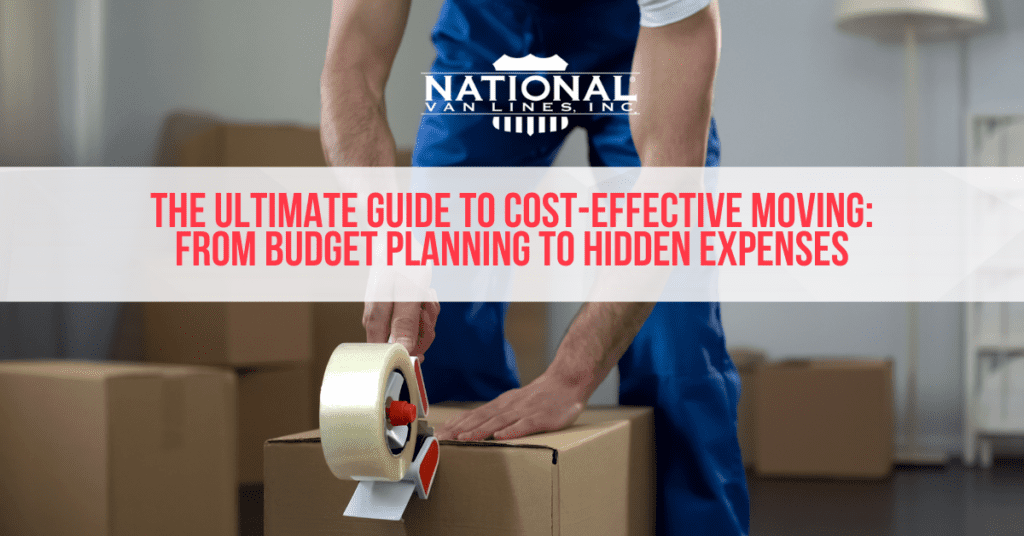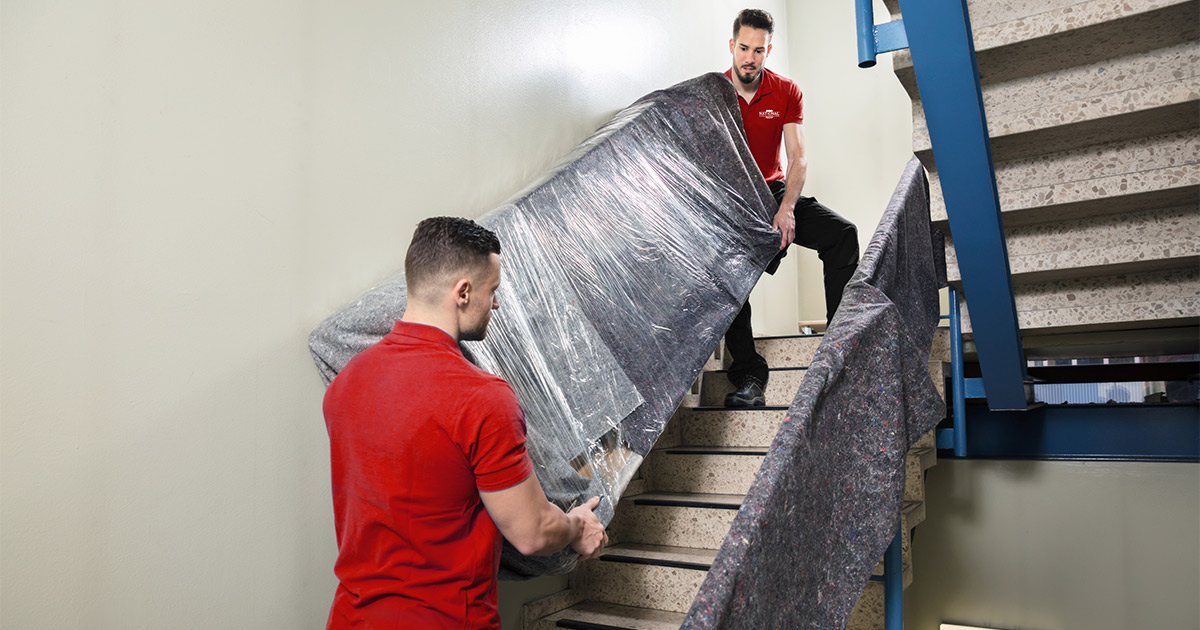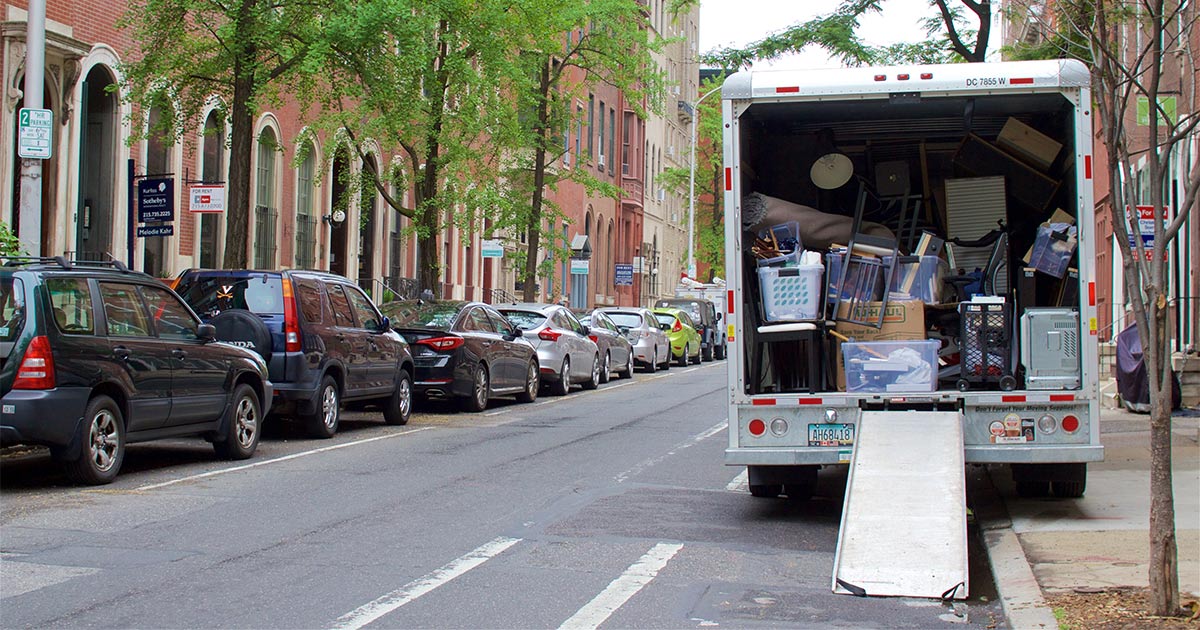
Moving prices feel mysterious… but they don’t have to be.
You’re trying to plan a long distance move. You fill out a few quote forms, maybe call a company or two… and somehow, no one can give you a straight answer. Why is it so hard to figure out what this move will actually cost?
You’re not alone. For families planning a cross-country move, the lack of clear pricing can feel frustrating— even suspicious. But here’s the truth: Your final price depends on many factors. Once you understand what those are, the mystery fades. And that’s when you can start making confident decisions.
Let’s dig into what’s really going on behind the scenes. We’ve helped hundreds of thousands of people move across the country. By the end of this article, you’ll have a much better understanding of why pricing works the way it does.
The Real Reason It’s Complicated: Variables
No two moves are ever the same. That’s why prices vary so much from person to person, even when the moves seem similar on paper. We’ve outlined the facts so you can get a quick overview of what affects that final price tag on moving day. By knowing what to expect, you can work with a moving company to build the package that’s not only right for your needs, but also right for your wallet.
1. Where and What You’re Moving

The type of home you’re leaving (or moving into) can greatly impact cost. High-rise apartments, tight stairwells, long hallways, and freight elevators often require extra labor or special equipment. The distance you’re traveling matters too— it’s one of the biggest cost factors in any long distance move.
Geography plays a role as well. If you’re moving to or from a rural area, or a region with narrow streets or steep terrain, crews may need to adjust equipment, timing, or routing.
2. When You’re Moving
Moving during peak season (summertime) often means higher prices and less flexibility. That’s when movers are busiest, and schedules fill up quickly. On the other hand, a move during the fall or winter might come with more room to negotiate.
Another major factor is how much notice you’re able to give. A move scheduled a few weeks or months in advance is usually easier (and cheaper) to plan than one booked with only a few days’ warning.
3. Truck Access and Entry Challenges

Some homes are trickier to access than others. If there’s no place to park the moving truck nearby, or if the crew has to shuttle your belongings down several flights of stairs, that adds time, which affects cost. These kinds of details are often overlooked when customers first ask for quotes, which is part of why the estimate you get initially doesn’t always match final pricing.
Here are a few examples of situations that could require extra planning:
- No parking near the front door.
- Narrow streets or alleyways.
- Apartment buildings that require elevator reservations.
- Walk-ups without elevators.
- Securing the proper street parking in a major city for your moving truck/crew.
4. The Services You Choose

Some people want full-service packing and unpacking. Others just need help loading the truck. What you choose here can dramatically shift your estimate.
Packing services, fragile item handling, and car transport are all add-ons, meaning they’re optional. You’re in control of what you want done and how much of the work you want to handle yourself.
If you’re in a situation where your belongings need to be stored between locations, that also changes the equation. Storage costs vary based on how long you need to hold your items, how much space they take up, and how quickly you’ll need them delivered.
5. Timing on Delivery
One of the trickiest parts of a long distance move is delivery timing… and yes, it affects the final cost. That’s because your belongings aren’t always the only ones on the truck.
Here’s how it works:
- In the vast majority of moves, your items will be transported alongside other customers’ shipments that are headed in the same general direction. It helps keep costs lower for everyone involved.
- If you need your belongings to arrive on a specific day, for example, right when you close on a new home, that may require a dedicated truck and crew just for you. That’s called Day Certain delivery, and it usually comes at a higher cost because the schedule and route are built entirely around your move.
So What Can You Do?
If you’re shopping around and wondering why no one will give you a flat number up front, you’re not missing something— you’re just at the start of the process. No mover can quote you fairly without a full understanding of your needs and unique circumstances.
The good news? You’re in charge of many of the things that shape your final cost. The more details you can provide early on, the more accurate your quote will be.
What’s Next? Get a Realistic Quote with Real Answers
In the past, long distance moves felt unpredictable. Today, companies like National Van Lines work hard to make the process clear and straightforward. When you talk with a move coordinator, they’ll walk you through every factor that could affect your cost— no guesswork, no complicated language.
Start by gathering the basics: where you’re going, when, and what services you want. From there, you can request a custom quote that reflects your actual move, not a vague average. You can even use our convenient moving calculator to get a better handle on what kinds of factors will affect your final moving day price.
Because when it comes to planning a long distance move, we know clarity is everything.
You’ve got the facts on what it takes to create a custom quote for your long distance move. Next, learn more about the five most helpful questions you can ask any long distance moving company as you compare quotes and options.



